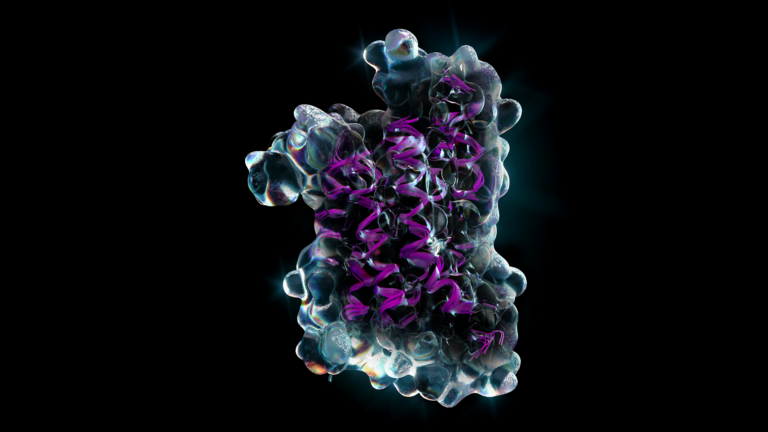 When interfacing with generative AI applications, users have multiple communication options—text, voice, or through digital avatars. Traditional chatbot…
When interfacing with generative AI applications, users have multiple communication options—text, voice, or through digital avatars. Traditional chatbot…
When interfacing with generative AI applications, users have multiple communication options—text, voice, or through digital avatars. Traditional chatbot or copilot applications have text interfaces where users type in queries and receive text-based responses. For hands-free communication, speech AI technologies like automatic speech recognition (ASR) and text-to-speech (TTS) facilitate…

 The RAPIDS v24.10 release takes another step forward in bringing accelerated computing to data scientists and developers with a seamless user experience. This…
The RAPIDS v24.10 release takes another step forward in bringing accelerated computing to data scientists and developers with a seamless user experience. This… The advent of large language models (LLMs) marks a significant shift in how industries leverage AI to enhance operations and services. By automating routine…
The advent of large language models (LLMs) marks a significant shift in how industries leverage AI to enhance operations and services. By automating routine… The ability to compare the sequences of multiple related proteins is a foundational task for many life science researchers. This is often done in the form of a…
The ability to compare the sequences of multiple related proteins is a foundational task for many life science researchers. This is often done in the form of a… As models grow larger and are trained on more data, they become more capable, making them more useful. To train these models quickly, more performance,…
As models grow larger and are trained on more data, they become more capable, making them more useful. To train these models quickly, more performance,…